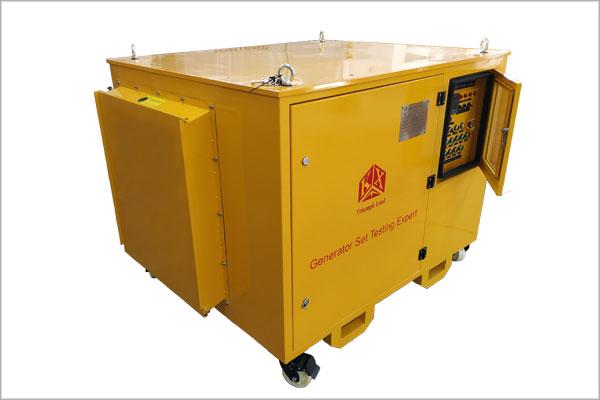Common faults of high-power DC power supply
High-power DC power supply can be divided into two categories according to its technical indicators. One is the characteristic indicator, which reflects the inherent characteristics of DC regulated power supply, such as input voltage, output voltage, output current, output voltage regulation range, etc. The second is the quality index, which reflects the advantages and disadvantages of DC regulated power supply, including stability, equivalent internal resistance (output resistance), ripple voltage, temperature coefficient, etc. So what are the common faults of high-power
DC power supply?

500kw load bank
1, voltage without current or current without voltage in these two cases, should check whether the power supply load is in good contact, whether the load is short circuit or open circuit, whether the load meets the specifications;
2. When adjusting the voltage, the no-load voltage can not be adjusted higher. The reason is that the power source consumes a little current even when it is empty, and if you turn the "current regulator" to zero, you can't even release any current.
3, high-power DC power supply has voltage output, also have current output, adjust the voltage, the voltage pressure can not be adjusted, may be mainly caused by the operator to "constant voltage" and "constant current" concept is not clear. Constant Current indicator is on: The power supply is working at constant current. At this point, the output voltage is not adjusted, but determined by the load. Simply adjust the "current adjustment" knob, the output current will change, the output voltage will also change.
